India's Architecture: Styles & Influences
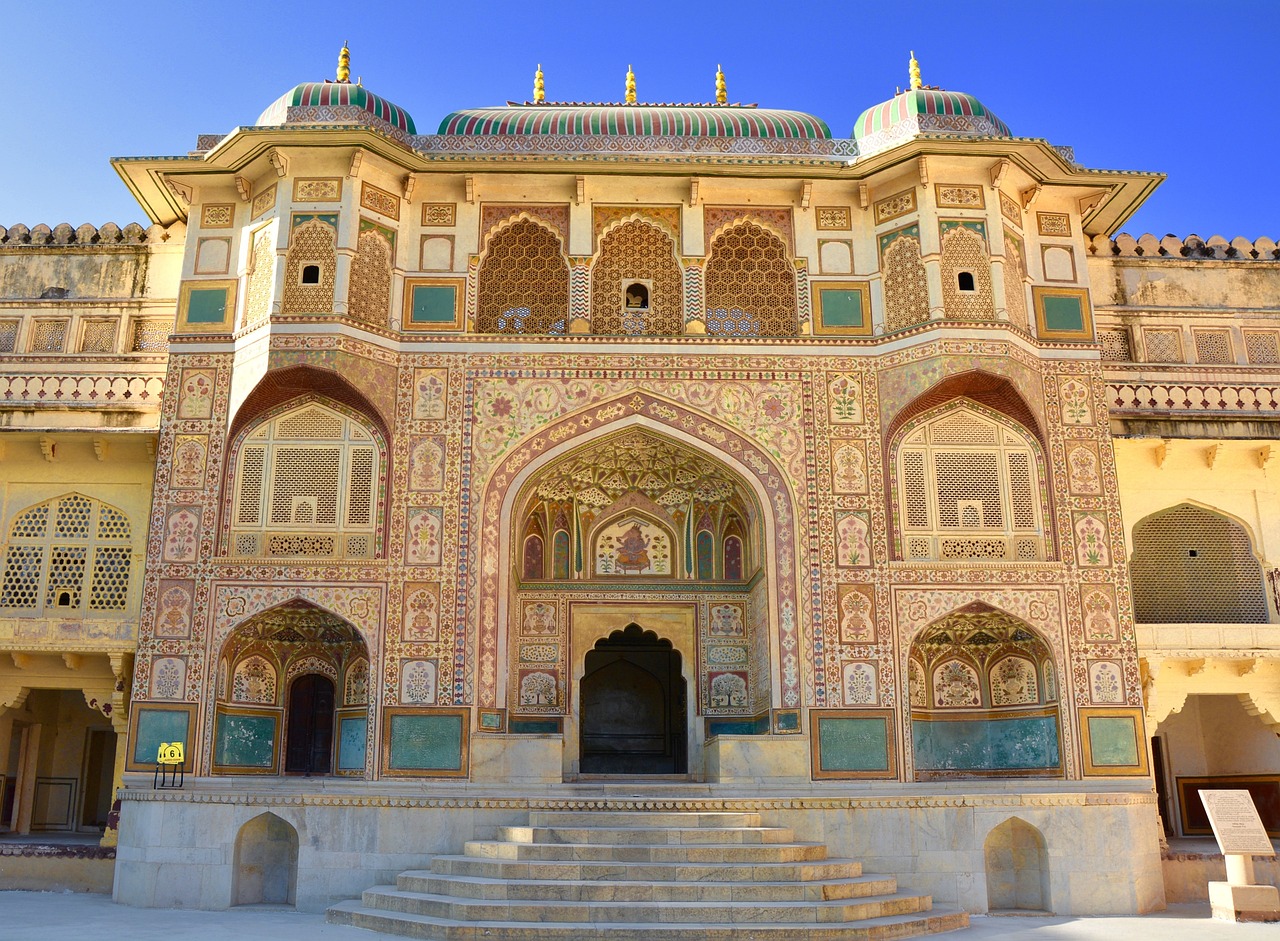
India’s rich history is reflected through its diverse architecture styles, shaped by centuries of cultural and regional influence. From intricate temples to majestic forts, each architecture style reveals a unique story of India’s evolution. These styles offer insight into the country’s artistic, spiritual, and societal development.
Wiki Link: Indian Architecture
Indus Valley Civilization Architecture Style

One of the earliest examples of urban planning in the world, the Indus Valley Civilization featured well-planned cities with baked brick houses, drainage systems, public baths, and granaries. The cities had wide streets laid out in a grid pattern, suggesting advanced knowledge of civil engineering. The absence of palaces or religious structures indicates a more egalitarian society.
The uniformity in brick size and construction techniques points to strong governance and regulation. The lack of inscriptions or clear religious symbols makes it challenging to interpret the precise cultural significance of these structures.

Mohenjo-Daro
Featured an advanced drainage system and well-planned streets.

Lothal Dockyard
One of the world’s earliest known dockyards for trade

Dholavira
Featured water conservation systems and an advanced stepwell.

Harappa
Had a citadel, granaries, and uniform brick houses.
Indo-Islamic Architecture Style

Indo-Islamic architecture is a unique blend of Indian craftsmanship and Islamic design principles, evolving as Muslim rulers adapted local building techniques. Unlike pure Islamic architecture, Indo-Islamic structures incorporated chhatris (domed pavilions), ornate brackets, and Hindu-style carvings alongside traditional Islamic elements like domes, arches, and geometric motifs.
This fusion is evident in structures like the Gol Gumbaz, which has a massive dome but also Indian-style balconies, and the Humayun’s Tomb, which laid the foundation for later Mughal tomb designs. The Mughal period (16th-18th centuries) refined this style, producing grand monuments such as Fatehpur Sikri, where Persian gardens and Rajasthani ornamentation coexist harmoniously.

Bidar Fort
A Persian-Indian fusion fort with grand bastions, intricate calligraphy, and unique water supply systems.

Tomb of Sher Shah Suri
A red sandstone mausoleum built on an artificial lake, combining Afghan and Indian styles.

Humayun’s Tomb
A Persian-inspired garden tomb with Indian-style domed pavilions, the precursor to the Taj Mahal.

Fatehpur Sikri
A Mughal city blending Islamic arches, Hindu jali screens, and Rajasthani decorative elements.
Buddhist Architecture Style

Buddhism influenced Indian architecture through stupas, viharas (monasteries), and chaityas (prayer halls). Stupas were initially earthen mounds but evolved into grand hemispherical stone structures with circumambulatory paths for devotees to walk around. Monasteries (viharas) served as residential spaces for monks and were often adorned with murals and sculptures depicting Buddha’s life.
Rock-cut architecture flourished, with the Ajanta and Ellora caves showcasing intricate carvings, frescoes, and elaborate pillars. The chaityas featured vaulted ceilings and horseshoe-shaped entrances, enhancing their grandeur. The Stupa of Sanchi remains an iconic example, representing spiritual enlightenment and architectural innovation.

Sanchi Stupa
A hemispherical stone stupa housing relics of Buddha.

Ellora Caves
Showcases monastic viharas and chaityas.
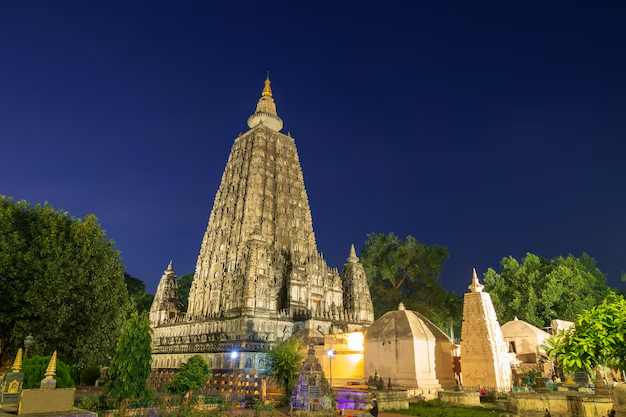
Mahabodhi Temple
A UNESCO site marking Buddha’s enlightenment.

Nalanda University
An ancient Buddhist learning center with monasteries.
Jain Architecture Style

Jain temples emphasize intricacy, symmetry, and exquisite detailing, often built from marble with finely carved pillars and domes. These temples are known for their unique Manastambhas (pillars of honor) and Ranga Mandapas (assembly halls). Unlike Buddhist stupas, Jain temples showcase geometric patterns and extremely fine detailing, often carved out of white marble.
The Dilwara Temples in Rajasthan are celebrated for their ethereal marble work, with ceilings that look like delicate lacework in stone. Jain temples often incorporate concepts of Vastu Shastra, ensuring harmony between architecture and spiritual energy.

Ranakpur Jain Temple
A grand temple with 1,444 uniquely carved pillars.
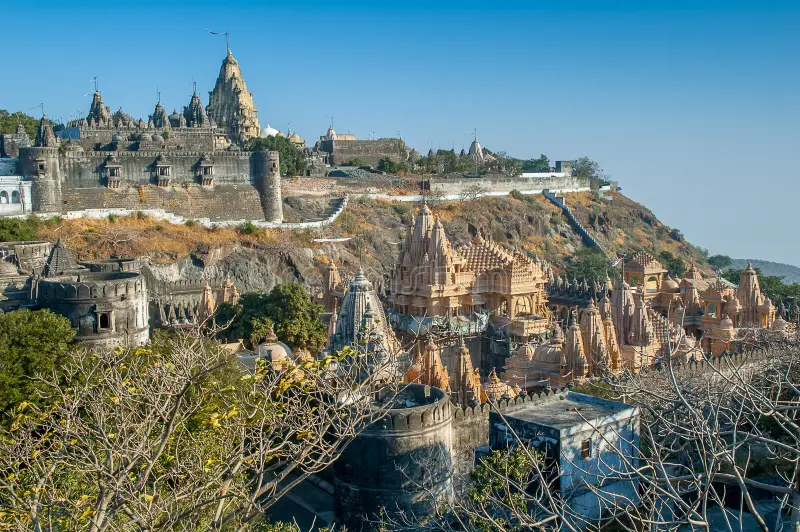
Palitana Temples
A cluster of over 800 Jain temples.
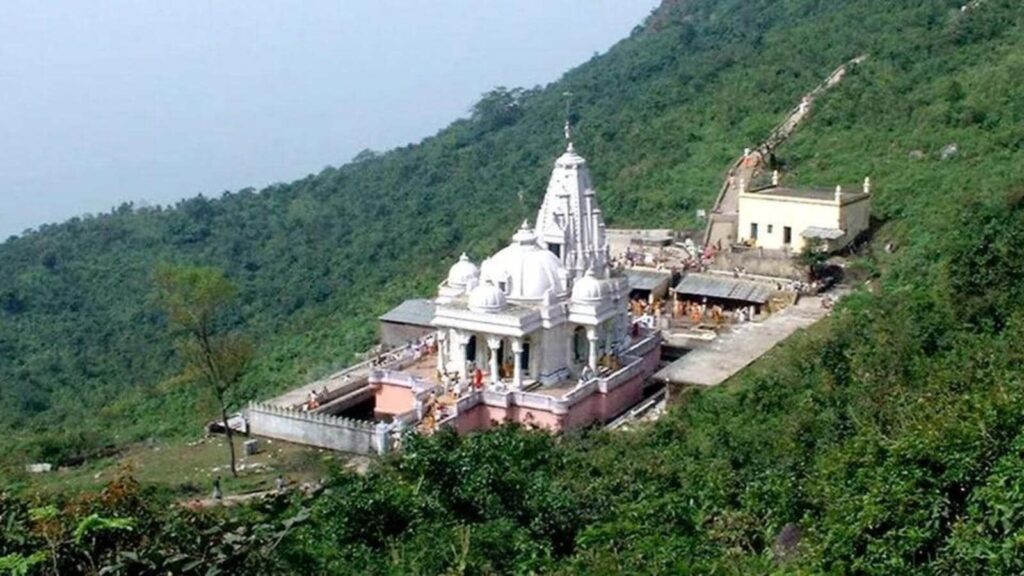
Shikharji
A revered Jain pilgrimage site on a hill.

Gomateshwara Statue
A massive monolithic Jain statue.
Dravidian Architecture Style

Developed primarily in South India, Dravidian temples are massive structures with towering gopurams (ornate entrance towers), pillared halls, and large temple complexes. These temples follow a pyramidal structure, with the main sanctum crowned by a vimana (tower) adorned with intricate carvings of gods, goddesses, and celestial beings.
The Brihadeeswarar Temple in Tamil Nadu is a masterpiece of this style, built entirely of granite and featuring one of the tallest vimanas in India. The temples also serve as cultural centers, housing traditional dance, music, and scholarly activities. Over centuries, newer dynasties such as the Vijayanagara rulers added elaborate mandapas and artistic sculptures.

Meenakshi Temple
Famous for its colorful gopurams.

Brihadeeswarar Temple
A UNESCO-listed Chola temple.
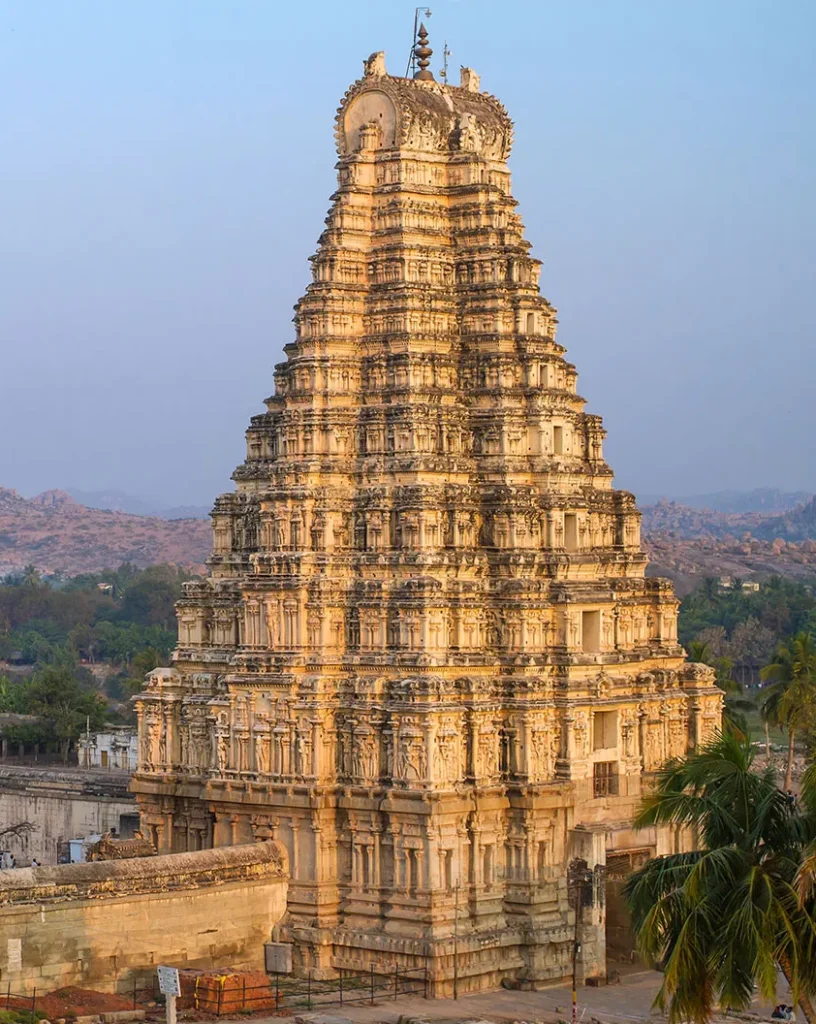
Virupaksha Temple
A Vijayanagara-era temple complex.

Shore Temple
Rock-cut temple near Bay of Bengal.
Nagara Architecture Style

Nagara temples, predominant in North India, are characterized by their shikhara (curvilinear spires) and intricate external sculptural detailing. The temple plan usually consists of a sanctum (garbhagriha), an antechamber, and a pillared hall (mandapa). These temples are distinct from Dravidian structures due to their vertical emphasis, with the rekha-prasada shikhara curving upwards gracefully.
The Sun Temple of Konark is a famous example, designed as a chariot with elaborately sculpted wheels and horses. Unlike Dravidian temples, Nagara-style structures rarely have large boundary walls, creating an open and accessible atmosphere. The placement of the sanctum is aligned with astronomical principles to maximize natural light.
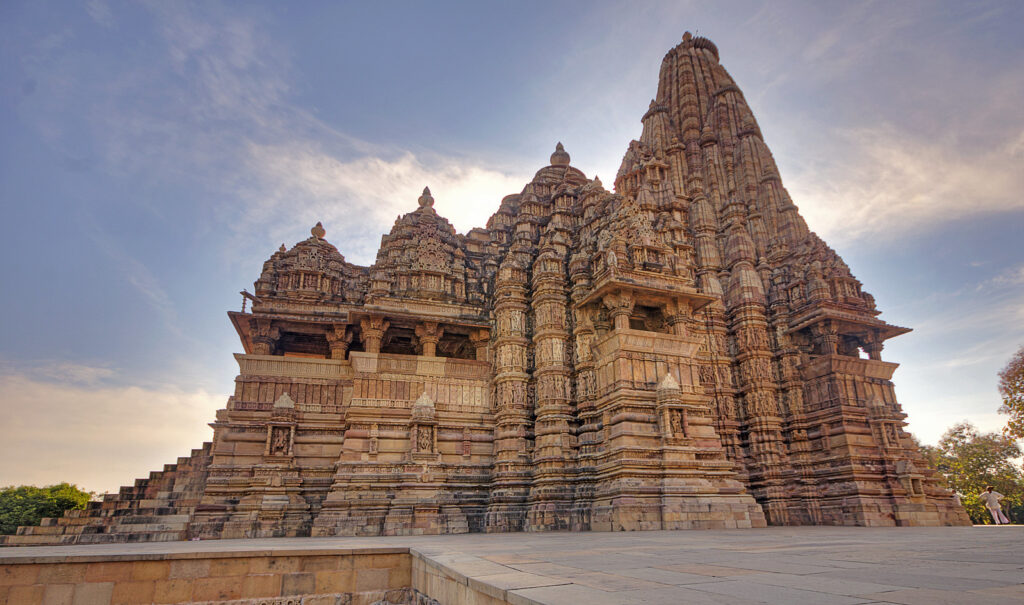
Kandariya Mahadev Temple
Features intricate erotic sculptures.
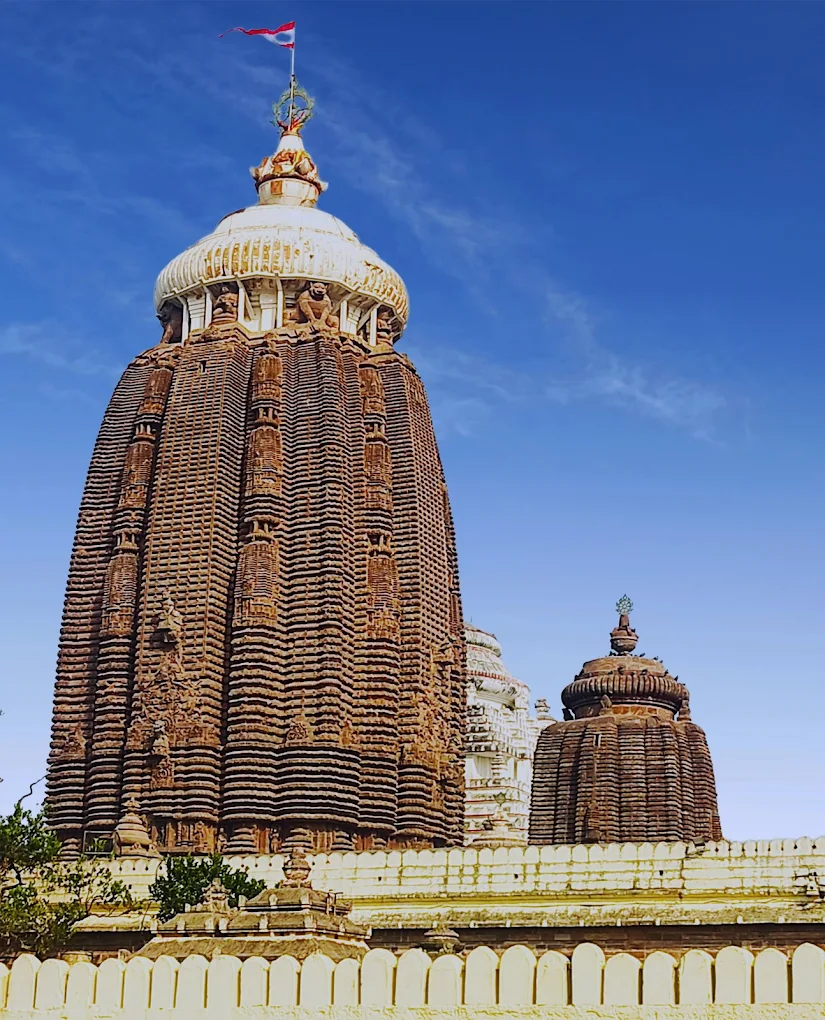
Jagannath Temple
A major Hindu pilgrimage site located in Puri, Odisha

Somnath Temple
Rebuilt multiple times due to invasions.

Lingaraja Temple
A grand temple with Kalinga-style carvings.
Vesara Architecture Style

A hybrid of Dravidian and Nagara styles, Vesara architecture was mainly developed by the Chalukyas and Hoysalas in Karnataka. These temples feature intricately sculpted exteriors, star-shaped layouts, and ornate pillars. The walls are covered with narrative friezes depicting epics like the Ramayana and Mahabharata.
The Hoysaleswara Temple at Halebidu exemplifies this style, with its breathtakingly detailed sculptures, layered carvings, and polished black stone surfaces.
The temples also emphasize balance and symmetry, creating an illusion of movement and depth within stone reliefs. These temples incorporated interlocking stone structures.

Badami Cave Temples
Rock-cut caves with Hindu and Jain sculptures.

Virupaksha Temple
A blend of Dravidian and Nagara styles.

Chennakesava Temple
A masterpiece of Hoysala architecture.

Keshava Temple
Features a star-shaped layout located in Somanathapura
Islamic Architecture Style
Islamic architecture in India emerged with the arrival of the Delhi Sultanate (12th century) and flourished under the Mughals (16th-18th centuries). This style, influenced by Persian, Turkish, and Central Asian designs, introduced grand domes, pointed arches, minarets, and intricate geometric and floral patterns. Buildings often featured large courtyards, calligraphy-inscribed walls, and jali (lattice) screens for ventilation.
Unlike traditional Indian temples, which had elaborate sculptures, Islamic structures emphasized symmetry, open spaces, and decorative tile work. Notable early Islamic structures include the Qutub Minar and Alai Darwaza, while Mughal masterpieces like the Taj Mahal and Jama Masjid represent the height of refinement in this style.
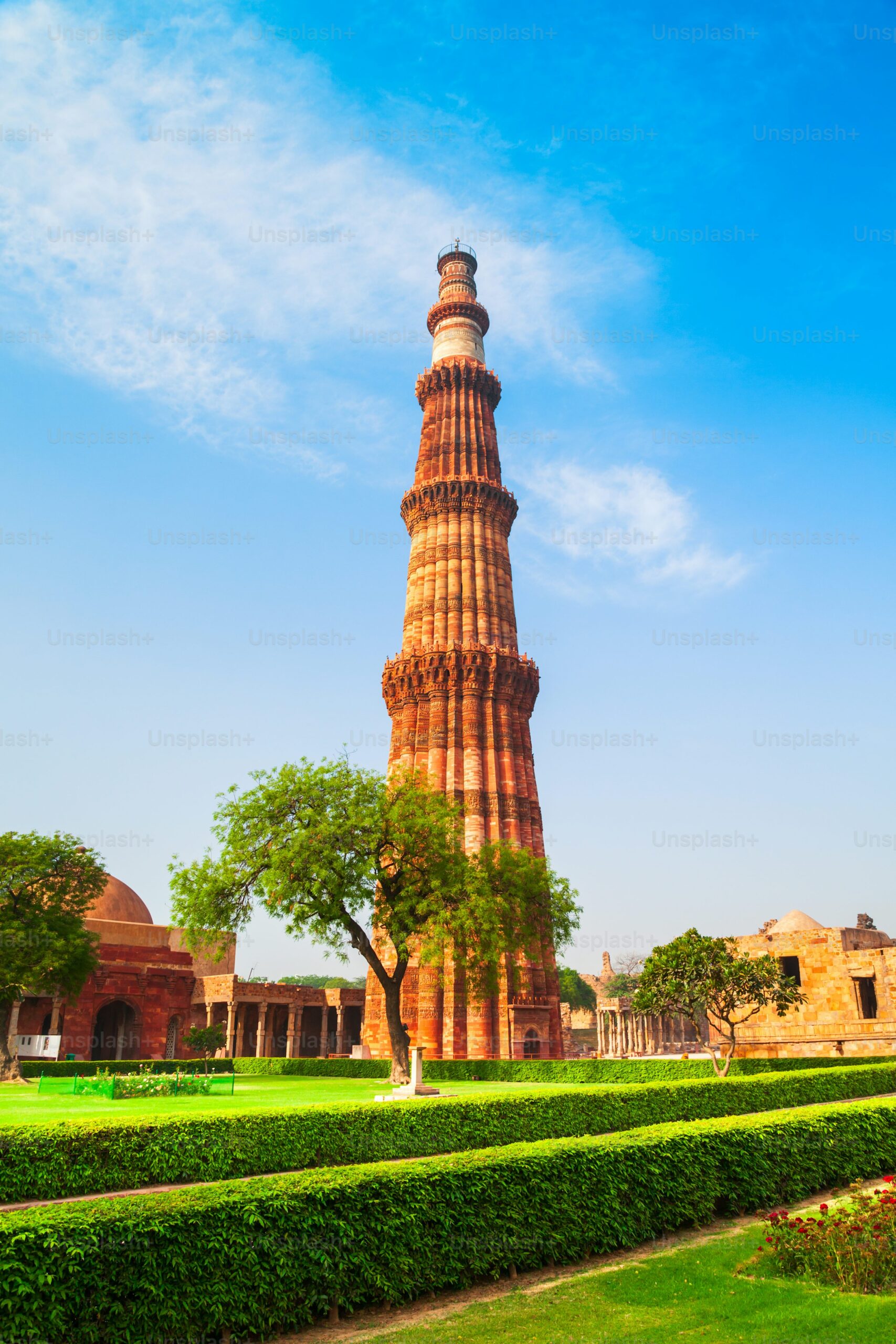
Qutub Minar
A victory tower with Arabic calligraphy and geometric designs.

Jama Masjid
A grand mosque with domes, minarets, and a vast courtyard.

Charminar
A 16th-century monument with four ornate minarets.

Bibi Ka Maqbara
A Taj Mahal-inspired mausoleum in the Deccan.
Rajput Architecture Style

Rajput architecture is known for its fort-palaces, chhatris (domed pavilions), and intricately designed havelis. These structures emphasize defense and grandeur, featuring high walls, jharokhas (overhanging balconies), and murals depicting historical and religious themes. The forts, such as Mehrangarh in Jodhpur, were strategically built on hills, offering panoramic views and protection from invaders.
Unlike Mughal architecture, which focused on symmetry, Rajput palaces embraced asymmetry with multiple courtyards and open terraces. The use of frescoes and mirror work added to the opulence, seen prominently in the City Palace of Udaipur.

City Palace
A beautiful palace overlooking Lake Pichola.
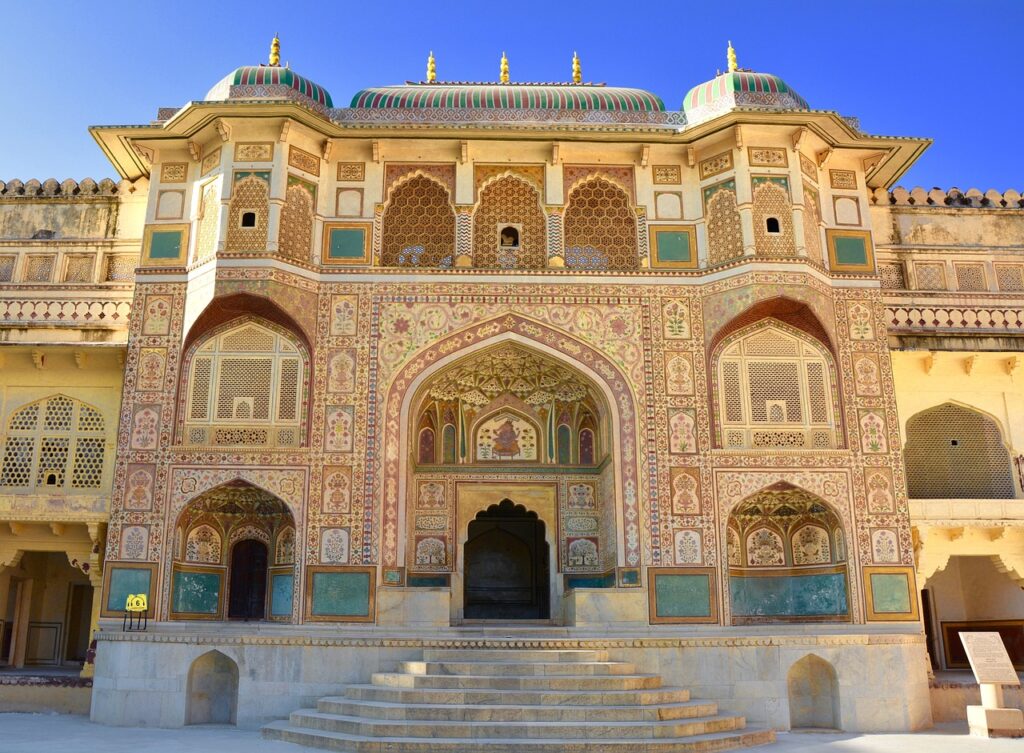
Amer Fort
Known for its artistic Hindu elements.

Chittorgarh Fort
One of the largest forts in India, located in Rajasthan

Mehrangarh Fort
A massive fort with stunning palaces.
Indo-Saracenic Architecture

During British colonial rule, a fusion of Indian, Gothic, and Mughal elements gave rise to Indo-Saracenic architecture. These buildings incorporated domes, pointed arches, colonnades, and European-style windows. The Victoria Memorial in Kolkata blends Mughal domes with neoclassical features, creating a majestic structure that symbolizes imperial grandeur.
The Chhatrapati Shivaji Terminus in Mumbai combines Gothic spires with Indian motifs, making it one of the most unique railway stations in the world. British architects often collaborated with Indian artisans, incorporating traditional decorative motifs into modern structures. The design philosophy balanced aesthetic beauty with practical urban planning.
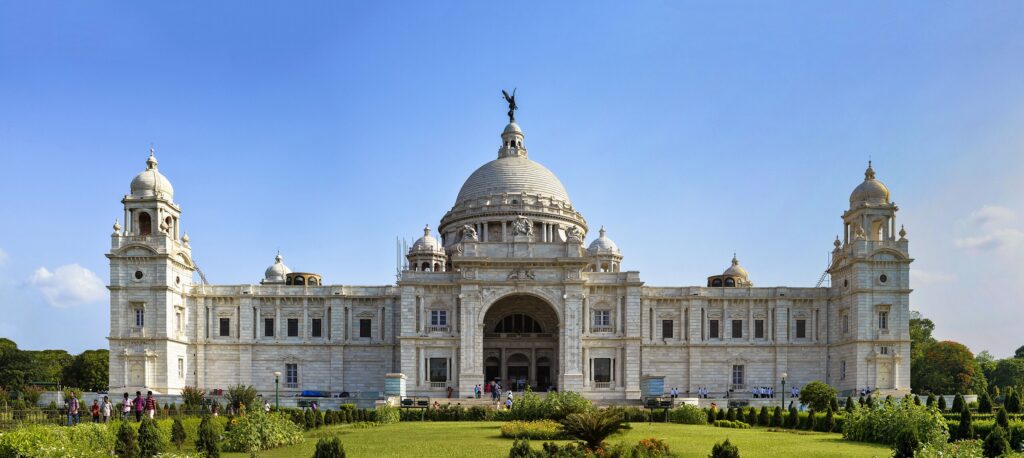
Victoria Memorial
A grand white marble monument.

Madras High Court
One of the largest judicial buildings.

Mysore Palace
A royal palace built in Mysuru

Gateway of India
Commemorate King George V’s visit.
Modern Indian Architecture Style

Modern Indian architecture integrates global styles with local traditions, using reinforced concrete, glass facades, and sustainable design principles. Iconic projects like the Lotus Temple emphasize geometric abstraction while maintaining spiritual significance. Architects like Charles Correa and B.V. Doshi pioneered sustainable urban housing that integrates natural ventilation and traditional courtyard planning.
High-tech skyscrapers, IT hubs, and metro infrastructures now define India’s urban skyline. Sustainable architecture incorporates green building techniques, rainwater harvesting, and energy-efficient designs.

Andhra Pradesh Blogs
- Andhra Pradesh Cultural guide
- Places to visit in Andhra Pradesh
- Places to visit in Andhra Pradesh
- India’s most popular destination
- India’s archaeological marvels

